An ancient city earns its title through a profound historical and cultural legacy. This legacy can be felt in the literary works that have withstood the test of time, glimpsed in the relics unearthed from the ground, and experienced through the well-preserved architectural treasures.
Jinan, known as the City of Springs, carries a weighty historical narrative. With 8,000 years of spring history, 4,600 years of civilization, and 2,600 years of urban development, it is the birthplace of the prehistoric Longshan Culture, a cornerstone of Chinese history.
Over the course of countless years, amidst the ebb and flow of time, those who have visited or truly understood Jinan have been left with a profound impression of the city.
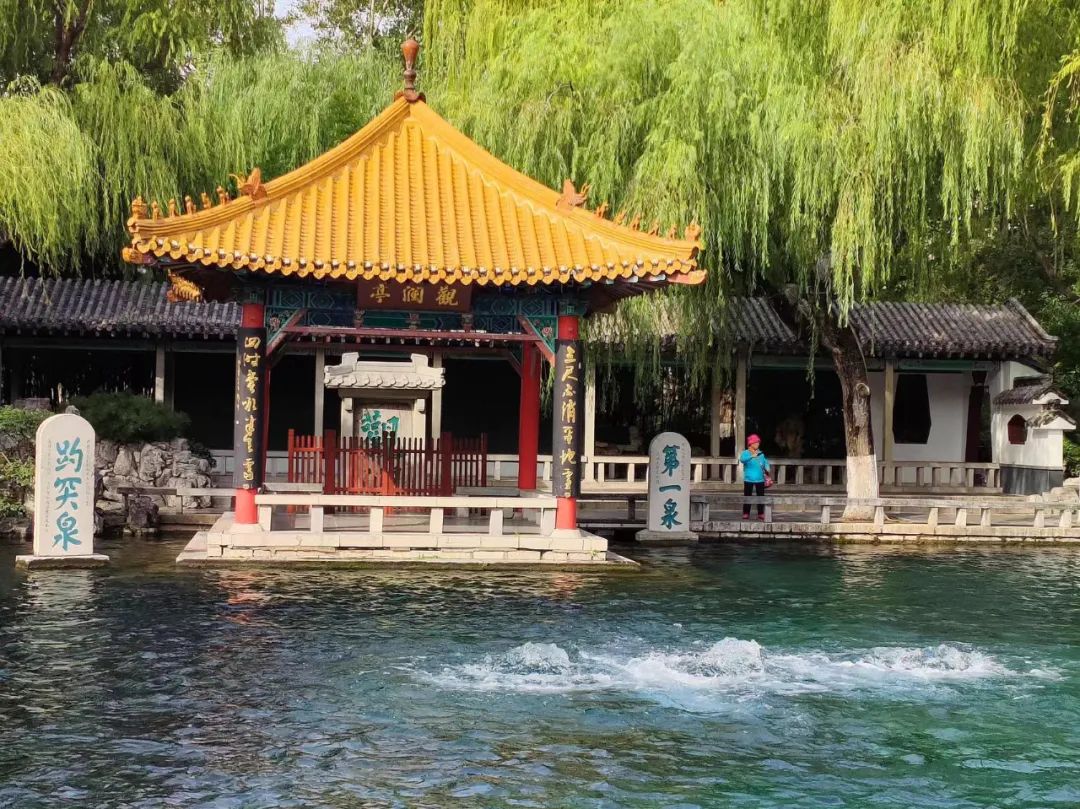
The renowned Indian poet Rabindranath Tagore once visited Jinan and left behind a line of poetry that has captured the hearts of countless individuals: “I yearn for the springs that fill the city, loudly proclaiming their radiance in the sunlight.” Which springs did Tagore yearn for? Today, we can retrace Tagore's footsteps and experience the dazzling sunlight reflected in the rippling springs.
During his time in Jinan, the esteemed Chinese writer Lao She penned a beautiful piece titled Autumn in Jinan. He wrote, “Autumn in Jinan is like stepping into a poetic realm. God bestowed the artistry of summer upon Switzerland, the charm of spring upon West Lake, and reserved the beauty of autumn and winter for Jinan.” What does this poetic realm entail? Lao She invites readers to imagine and, for those who cannot conjure the image, encourages them to visit Jinan and witness its beauty firsthand.
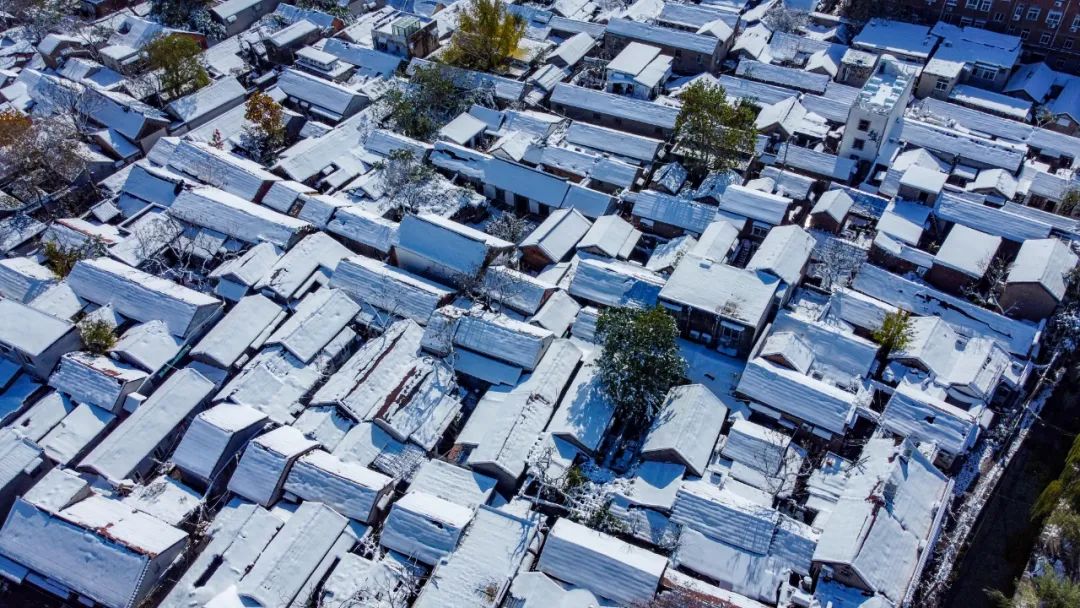
The impressions of these celebrities and literati about Jinan are deeply rooted in its natural landscapes, folk customs, and distinctive architecture. Though people and events have been washed away by the passage of time, and the fabric of the city and its historical context may have become blurred, the buildings still stand, and the scenery remains enchanting.
Each ancient building represents an indelible historical memory
Protecting ancient buildings is tantamount to safeguarding the city's unique historical and cultural character, a duty and mission that each generation carries to ensure the preservation of a rich historical legacy. Recently, Jinan announced its fourth batch of historical buildings, designating 30 structures, including the traditional residence at No. 20 Xigengdao Street, as historical landmarks. This expansion follows the initial announcement of the first batch of historical buildings in 2018. The oldest of these historical buildings surpasses 400 years, with many structures exceeding a century and the youngest of more than 60. These architectural wonders, each with their distinct characteristics, are living fossils of Jinan's history.
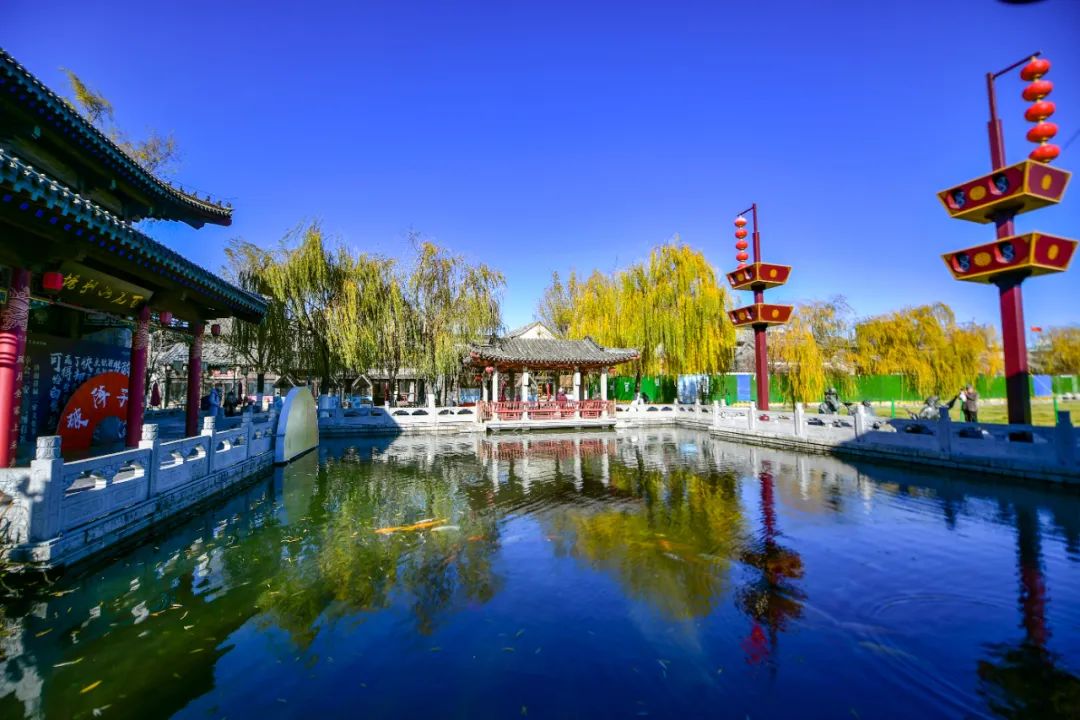
As the wheel of history continues to turn, cities that lack an activated historical context also lack vitality, regardless of how new or well-designed they may be. It is through the effective preservation and concentrated presentation of ancient architecture that old Jinan transcends time and stands before us.
Creative Transformation and Innovative Inheritance in Ancient Building Preservation
Why has the illuminated Chaoran Tower gained such popularity?
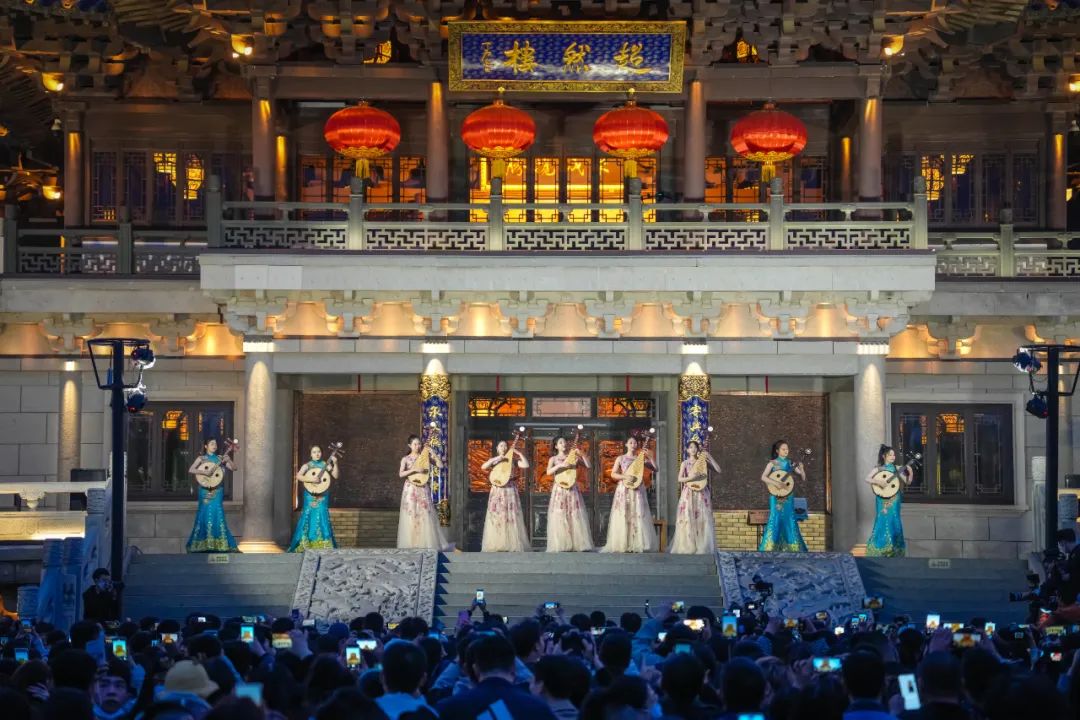
Because it has found a new way to unlock the ancient city. Even the most magnificent ancient buildings require new vitality, fresh perspectives, and novel experiences. This necessitates creative transformation and innovative inheritance. In recent years, Jinan has embraced comprehensive coverage and an extended timeline for three historical and cultural districts, one traditional area, over 200 outstanding provincial and municipal historical buildings, as well as 13 national-level and over 500 provincial and municipal-level intangible cultural heritage sites. This preservation effort encompasses individual structures and entire streets, ancient and modern architecture, as well as tangible and intangible cultural heritage. Such comprehensive preservation ensures that the city retains its memories and that people remember their nostalgic connections.
Today, Jinan has successfully embarked on a path of cultural innovation and creativity. While respecting the authenticity and integrity of cultural heritage, the city has reexamined and explored new possibilities, leveraging digital means to optimize and enhance cultural resources. A robust Quancheng Cultural Resource Library has been established, enriching digital cultural applications that provide immersive experiences. Thus, historical and cultural resources are revitalized in the new era, radiating renewed brilliance.
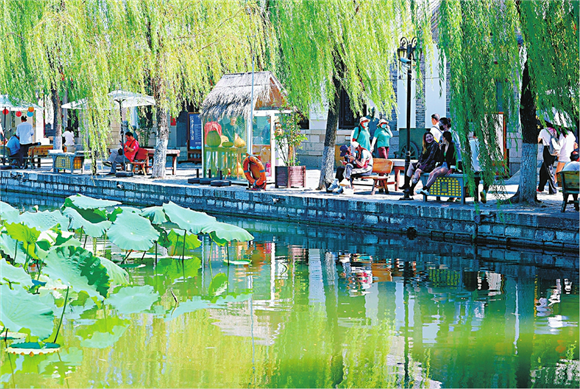
For those with the time and interest, residents and tourists can immerse themselves in the ancient charm of old Jinan by exploring its historical streets and spring networks. Along two premium tourist routes: Furong Street-Wenmiao South Square-Donghuaqiangzi Street-Lulubazi Street-Qushuiting Street and Houzaimen Street-Lulubazi Street-Donghuaqiangzi Street-Cha Alley-Gongyuanqianggen Street-Shengfudong Street-Shuangzhongci Street-Xichenggen Street, visitors can experience the beauty of the ancient city by retracing the footsteps of those who came before. The inheritance of historical culture requires creative thinking and dedicated effort. By safeguarding the “root” and “soul” of the ancient city, Jinan and its springs will truly become a globally recognized cultural symbol.
(Journalists: Yuan Yuhua, Hua Shan, Hou Yawen, Li Xiaotong)
